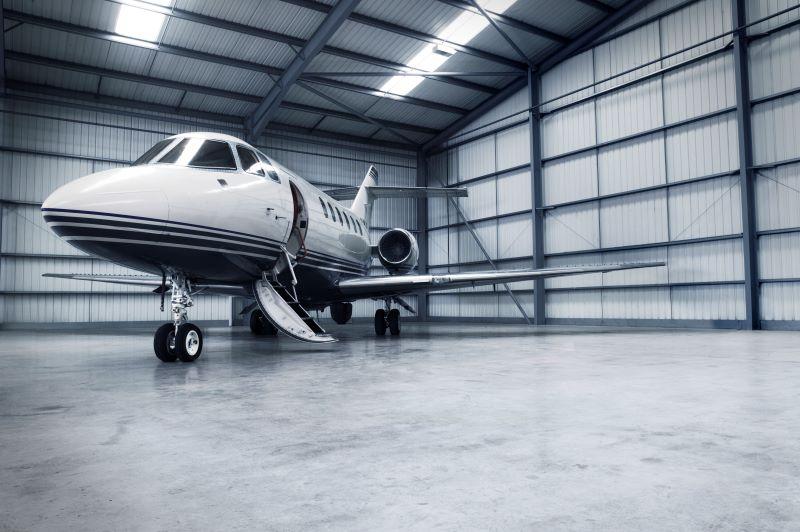Bizav Market To Be Strong But More Balanced In 2023, Experts Predict

Looking forward to 2023, experts predict a more balanced pre-owned aircraft market, one that is less of a seller’s market but not a buyer’s market either.
“Right in the middle is great,” Jay Mesinger, Mesigner Jet Sales CEO and founder, said during a Corporate Jet Aviation webinar Nov. 16. “I think it’s going to come as a result of some supply chain increases rather than demand increases. I also think that some of that supply increase is going to temper some of the valuation on airplanes to at least get us back to a place where maybe we’re starting to see what is the traditional annual residual loss rate, as opposed to a month-over-month increase in the valuation on airplanes. That’s going to be healthy; it’s going to get people to say ‘Yes, I believe in the market.’”
Ford von Weise, Citi Private Bank director of global aircraft finance, expects a reduced number of aircraft transactions because of continued low inventory “and all of these tax-driven acquisitions will ameliorate a bit.” The combination will push the market into a more of a market equilibrium, he says.
“Are we going to see a downturn? No,” von Weise said during the webinar. “But we’re going to probably see inventory levels rise more to the 8-10% range and the number of transactions to come down, but all in all, it’s still going to be a pretty decent year [2023].”
With the onset of the pandemic, demand for new aircraft increased significantly. As a result, Bombardier’s order backlog has grown to $15 million, a more than 30% increase over the past year.
Meanwhile, book-to-bill—orders compared to deliveries—has grown to 2-to-1 or more over the past 18 months, up from 1-to-1 or 1.5-to-one, says Michael Anckner, Bombardier VP of sales for the U.S. corporate fleets, Latin America and Bombardier Defense.
“The goal is always to be above one, because above one, we’re building backlog,” Anckner says. Depending on the model, buyers must wait to take delivery of a new aircraft anywhere from 18-to-24 months.
“If they want to get into a new aircraft, that’s really the only way they can go—they have to wait,” he says. “There has been quite a bit of conversation around interim lift, and it’s a challenging topic right now for all of us.”
Bombardier plans to increase new jet production in 2023. He predicts demand to be strong in the new year, however he expects the market to “normalize” out toward the end of the year with a book-to-bill of closer to one.
Individual customers had been the quickest to move into the private aviation market post-pandemic, while demand from corporate flight departments was slower but returned over the last year, he says.
“I think you’re starting to see a pickup now,” Anckner says. “I see a lot of refreshes that are going on at the end of this year and early into next year.”
Meanwhile, the fractional market has not slowed.
“They’re asking on a regular basis how quickly they can get airplanes,” he says. “Demand is still there, particularly without good pre-owned aircraft available or new aircraft available anytime soon.”
Anckner predicts a strong 2023.
“Now, do I think it’s going to be as crazy as it was for the last months?” Anckner says. “Maybe not, but we do see it staying at this level for quite some time though. We’re very bullish about this year.”
David Best, Jet Aviation senior vice president and general manager, says the influx of new entrants to the industry has been a plus as well as an education process.
“We work with brokers and bankers, lawyers, and it does really take a village to make sure we’re educating people, because the last thing you want is for them to get sticker shock whenever they start getting the first set of bills rolling in,” Best says. The company works closely with companies and individuals to ensure they are ready for their purchase.
At the same time, the age of those who charter and buy jet cards are younger than in the past. It’s an important develop to grow the industry in the future.
The charter industry also went through large increases in fuel costs that were spiking rates. That’s now leveling out.
“I think what we’re getting to now is a more sustainable, stable market,” Best says.



